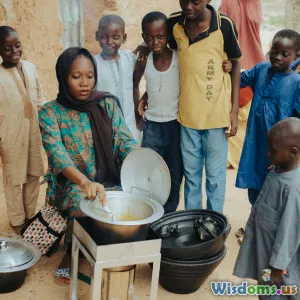
Can Children Bridge Cultural Gaps Between Parents
13 min read Examines how children can help bridge cultural gaps between parents in multicultural families. (0 Reviews)
Can Children Bridge Cultural Gaps Between Parents?
As globalization and migration patterns reshape families worldwide, more households are blending cultures, languages, and traditions under one roof. This reality sparks a compelling question: Can children, often navigating multiple cultural identities themselves, serve as natural bridges between parents from different backgrounds? With empathy, adaptability, and the gift of dual (or even multiple) perspectives, many children possess the potential to foster understanding where cultural gaps persist.
Challenges of Dual-Culture Households
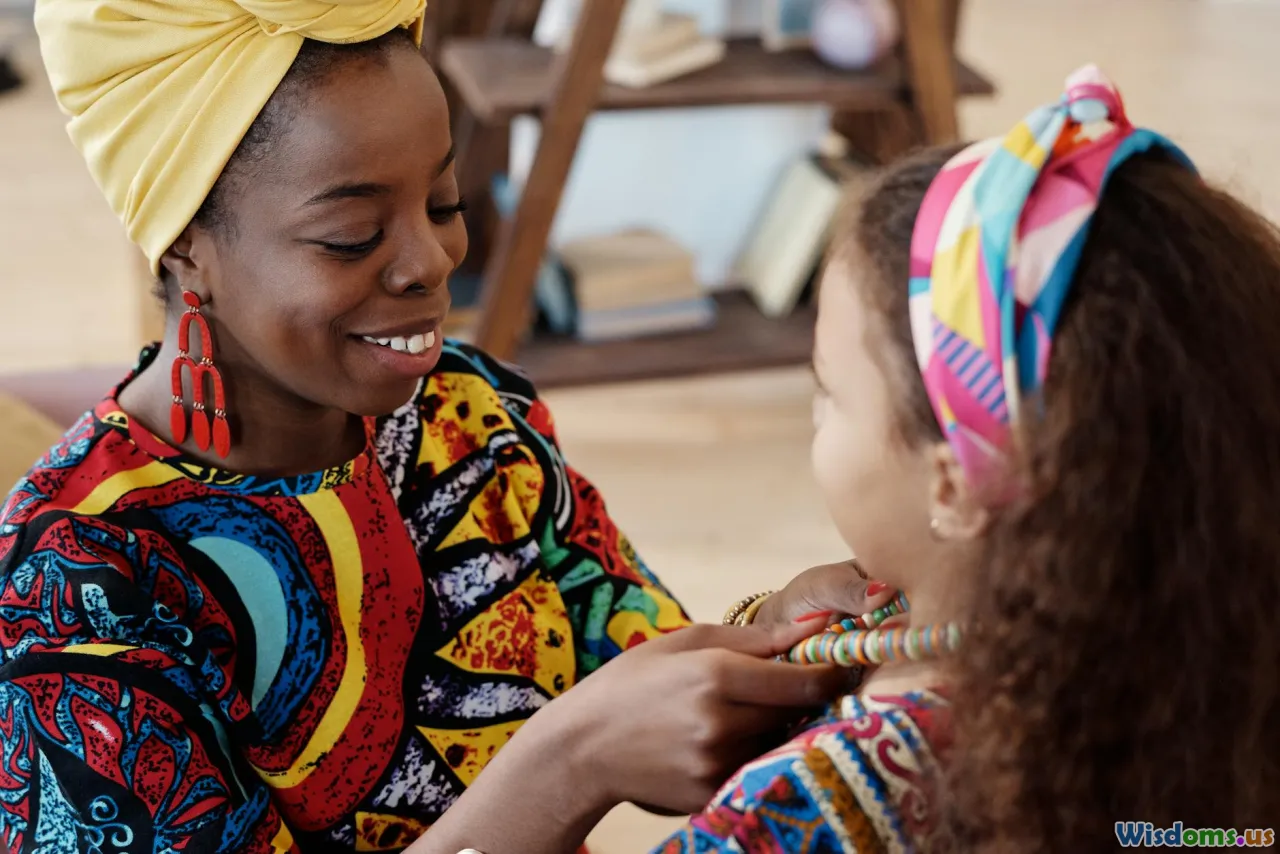
Children of parents from different cultures invariably encounter complexities unique to their family structure.
Take, for example, the case of Mia, whose mother grew up in rural Thailand and whose father is Swedish—and thus their values around communication, family hierarchy, and even mealtimes diverge significantly.
Here are some typical friction points in multicultural households:
- Communication Styles: One parent may be direct while another prefers nuance or deference, leading to misunderstandings.
- Discipline and Parenting: “Respect” may have different meanings; discipline may range from permissive to strict, depending on upbringing.
- Language Diversity: Often, children act as interpreters for linguistic gaps—sometimes translating not just words, but nuances.
- Religious Practices and Traditions: Rituals and holidays may collide or compete, leaving children toggling allegiances or feeling torn.
A 2022 Pew Research Center analysis found over 16% of children in the US under 18 live in households with at least one foreign-born parent, suggesting these dynamics increasingly shape everyday family life.
How Children Become Cultural Bridges
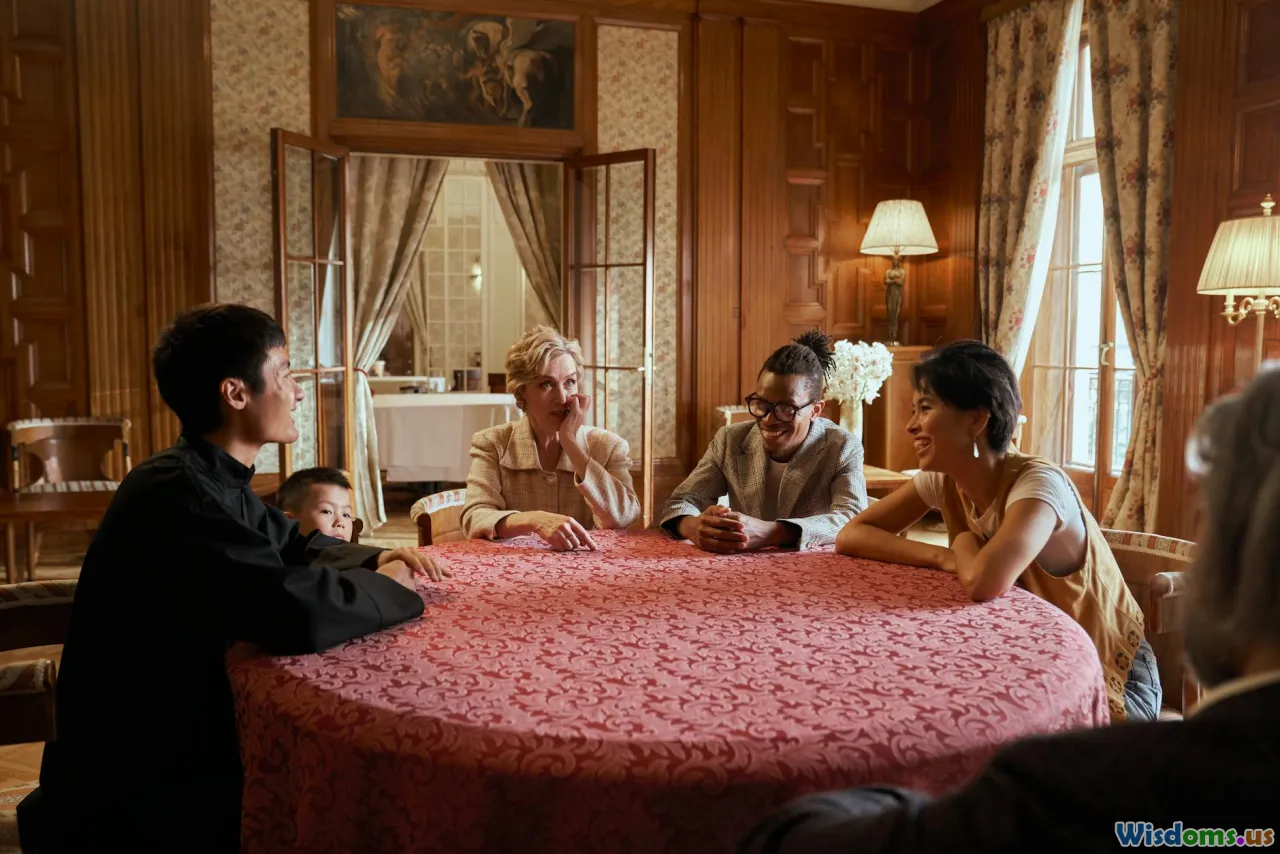
Children raised in multicultural families partake naturally of their varied heritage. This lived experience enables them to:
- Switch Cultural "Codes": Kids often alternate seamlessly—greeting one parent with a bow and the other with a hug.
- Clarify and Explain: As they grow, some kids explain customs—a Chinese-American daughter teaching her Irish father how to make mooncakes for Mid-Autumn Festival, for instance.
- Mediate Conflicts: Children attuned to both perspectives may defuse misunderstandings—“Mom means this, Dad means that”—helping align intentions.
A well-cited study in the Journal of Family Psychology (2020) described how children using bilingual skills and emotional intelligence smoothed over parent-parent and parent-relative miscommunications during major holidays, enabling more ‘hybrid’ family traditions.
Parenting Styles: Negotiating Differences

One major arena where children play a role is navigating diverging parenting philosophies. Consider the contrast in academic expectations between a Korean parent who stresses rote learning and a Brazilian parent who values creative problem-solving.
Thriving children in such environments often:
- Articulate Their Feelings: Expressing which methods work for them empowers parents to adapt
- Model Compromise: Demonstrating willingness to try both approaches (“I’ll attend after-school math club, then do freestyle painting after.”)
- Help Set New Family Norms: Together, the family co-creates rituals—like blending Lunar New Year with Carnival.
Dr. Farah Ameen, a cross-cultural psychologist, notes: “Children’s adaptive skills can open adult eyes, making them co-authors of a sustainable family culture instead of mere products of one.”
Language as a Bridge and a Hurdle
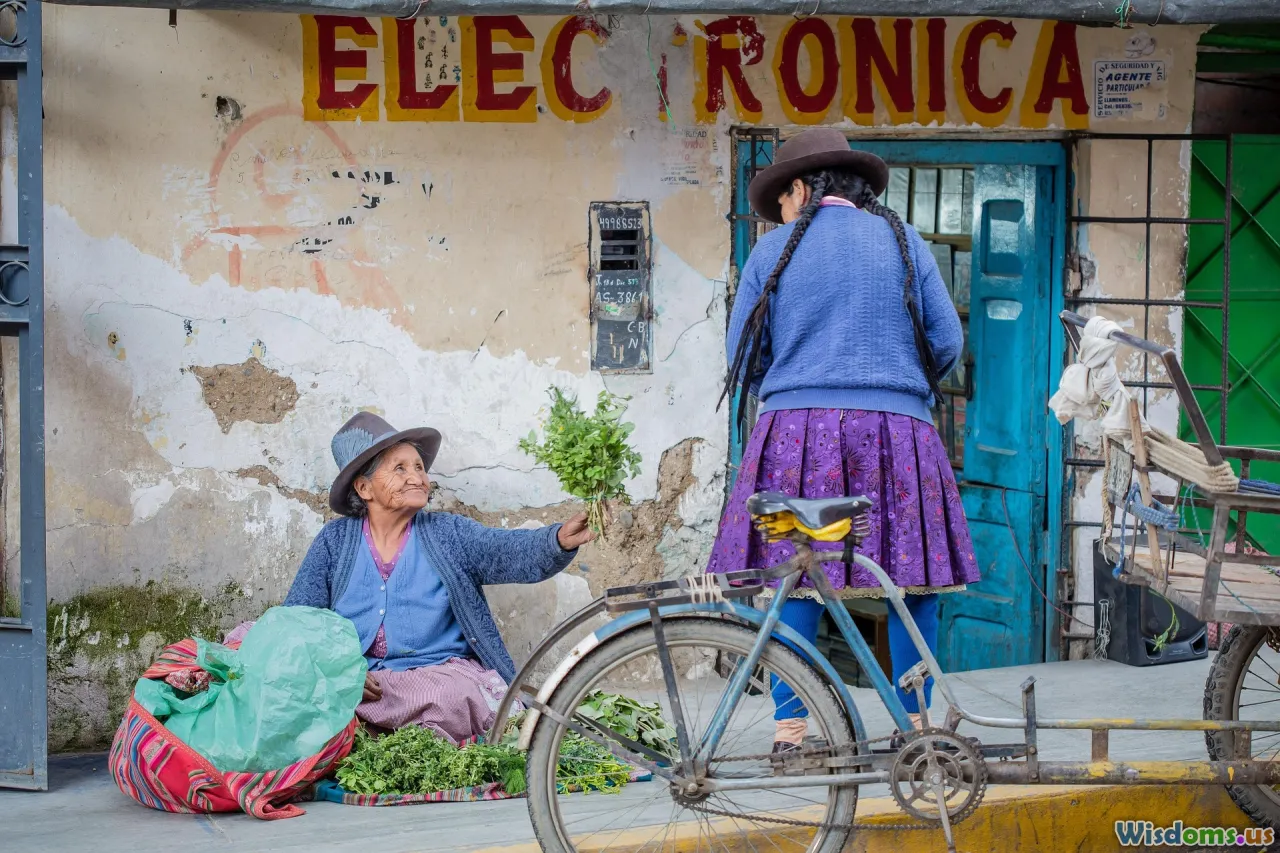
Language is both a tool and a barrier. Children in culturally diverse families are often first to master two or more languages—or local dialects—a practical superpower.
Benefits:
- Translating Not Just Words but Intent: For example, a teenager explains her Filipino mother’s understated praise to her American father, revealing affection hidden in “Have you eaten yet?”
- Fostering Sibling Solidarity: Siblings may invent hybrid lingo—mixing languages, slang, and references unique to their household.
- Encouraging Parental Learning: Motivated by their children, parents occasionally pick up bits of each other’s language too. Couples who report ‘family bilingualism’ often credit their children with fostering mutual curiosity.
Challenges:
- Role Reversal: Sometimes, children are thrust into ‘translator’ roles in adult matters; while empowering, this can create stress and unwarranted responsibility.
- Loss of Nuance: Despite fluency, subtle humor or cultural references can still become ‘lost in translation,’ requiring patience and mutual effort.
Faith, Food, and Festivals: Crafting Shared Traditions

Daily rituals and major celebrations are vibrant expressions of identity—and fruitful terrain for children to interweave cultural strands.
Mealtime Mergers:
- In some families, breakfast might include Japanese miso soup on Mondays, followed by Swedish pancakes on Tuesdays—handpicked by the children from each parent’s heritage.
- Kids may also become champions of dishes one parent initially resists (“Come on, Dad! Try Mom’s spicy biryani—it’s awesome!”).
Festival Fusion:
- Households may celebrate Diwali and Hanukkah, sometimes on the same table, blending rituals and inviting friends to learn.
- Children may take school assignments, like “Describe your favorite holiday,” as opportunities to educate both teachers and classmates—and sometimes, even reluctant parents.
Such hands-on involvement builds pride, expands curiosity, and moves the family toward a future-facing identity.
Emotional Resilience and Identity Formation
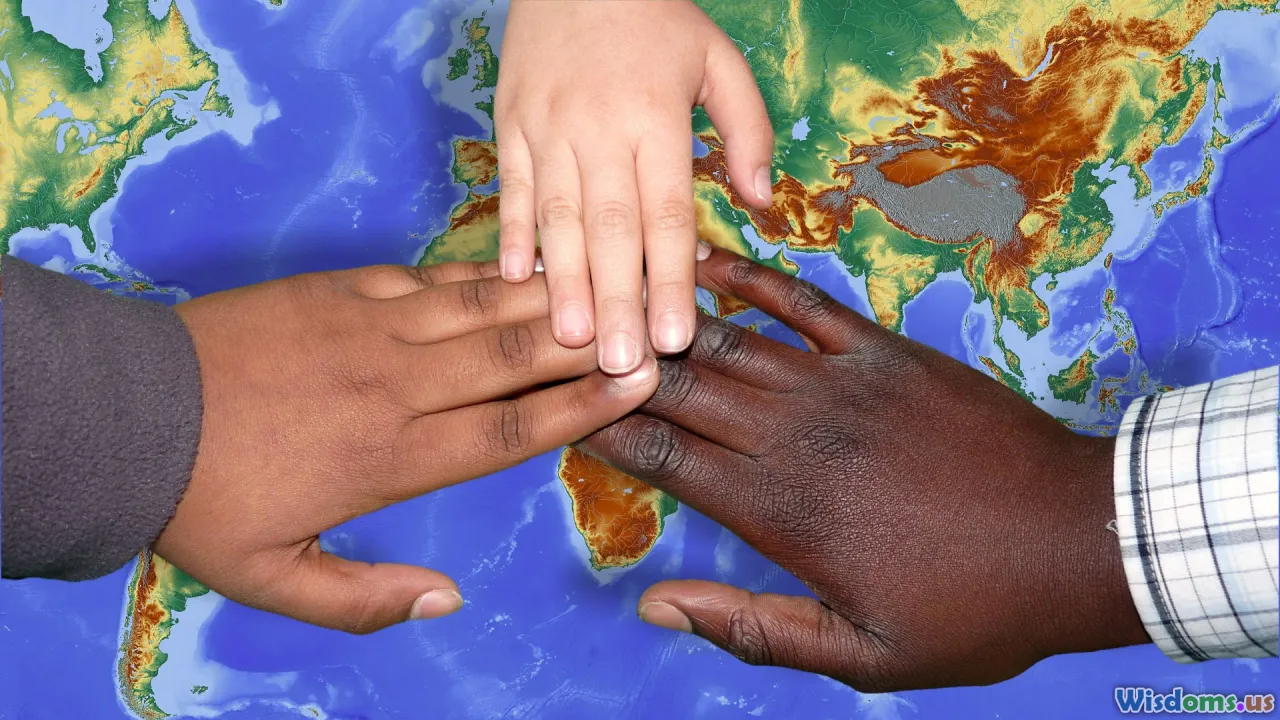
While children in dual-culture families face challenges, evidence suggests that those empowered by parents to mediate and participate actively in cultural life develop strong emotional resilience. They learn to assert their blended identity—rather than feel forced to choose one ‘side.’
Research Highlights:
- The American Academy of Child & Adolescent Psychiatry finds multicultural children with supportive families tend to display higher empathy and adaptability.
- A 2019 European survey of bicultural teens found many felt leadership roles at home (such as mediating conflicts or translating) later benefited them academically and personally.
Still, such navigation isn’t automatic or effortless. Kids may experience moments of confusion or the pressure to be ‘perfect’ mediators. Silent struggles can arise if parents dismiss their children’s attempts to bridge gaps (“That’s just your mother’s way—ignore it”).
Practical Tips: How Parents Can Empower Children as Bridges

If you’re building a home across cultures, how can you help your child manage this role successfully and avoid burdening them with unrealistic expectations?
Suggestions:
1. Establish Open Conversations
Don’t just talk to your children—talk with them. Make space for regular family dialogues where everyone can share what they value most, and what feels challenging.
2. Celebrate, Don’t Compete
Instead of pitting one set of customs against another, praise children’s curiosity about both. Support their efforts to combine, rather than segregate, traditions.
3. Agree on Shared Values
With your child, develop ‘family rules’ or mottos—such as respect, honesty, or hospitality—that transcend culture. Display these visibly.
4. Share Mistakes and Humor
When cross-cultural missteps happen (as they will), let your child see laughter rather than blame as the default response.
5. Seek Outside Support
Connect your child with peers in similar situations. Community groups, online forums, and literature for bicultural kids can offer reassurance.
6. Avoid ‘Interpreter Burnout’
Encourage boundaries: If your child feels overwhelmed by translating or negotiating, step in and let them be ‘just a kid’ sometimes.
Real-Life Stories: Children Creating Cultural Synthesis
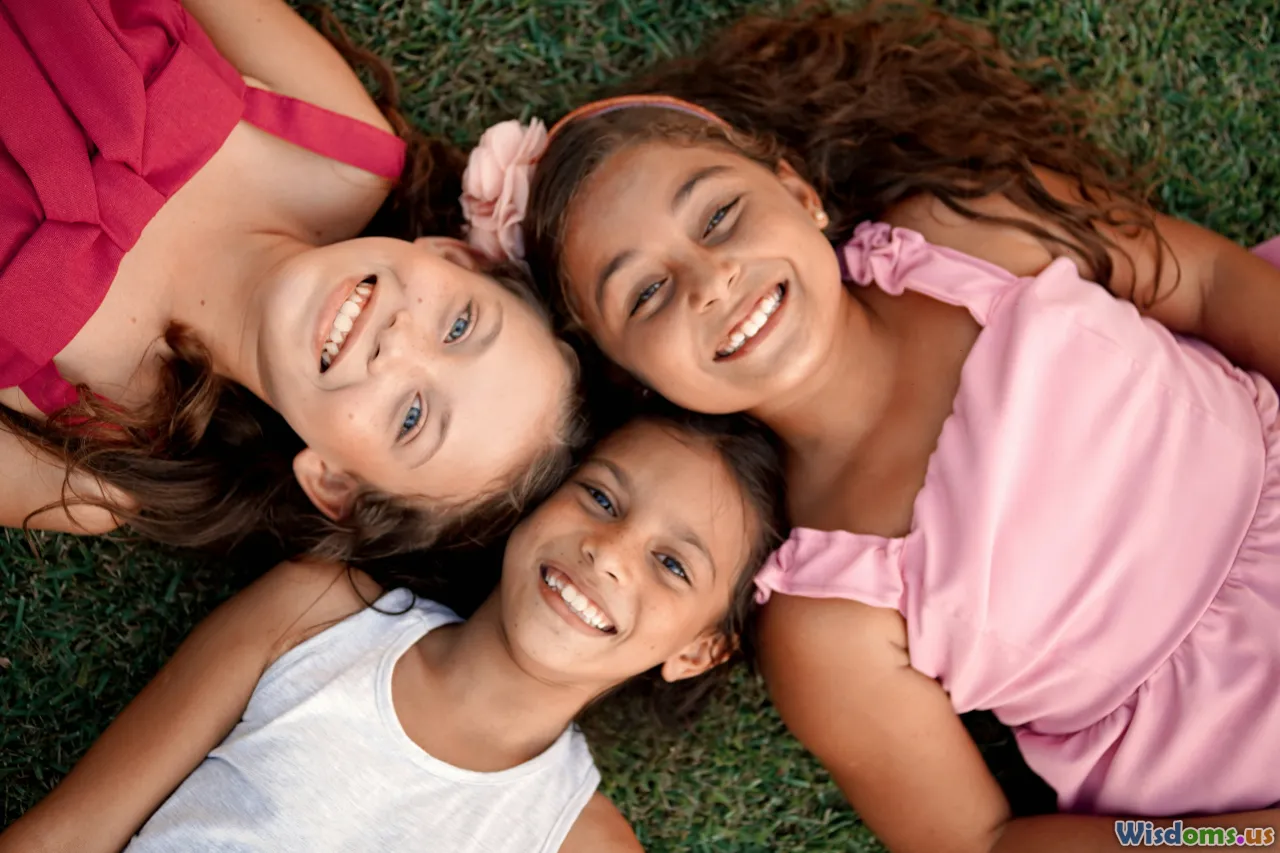
Case studies abound of children transforming family environments for the better.
- Anaïs, age 10, France/Japan: Blends French dessert-making sessions with her Japanese grandmother’s tea ceremonies, turning Sundays into a family celebration of both heritages.
- Jared, age 15, Nigeria/Canada: Convinced his family to spend Christmas day volunteering for newcomers—a value cherished in both his father’s communal Nigerian upbringing and his mother’s socially-conscious Canadian household.
- Meera, age 12, UK/India: Became a proactive calendar-keeper, ensuring Diwali, Bonfire Night, and Christmas never overlap, so both parents, and all extended relatives feel valued.
These instances show that children, given agency and validation, help spur family evolution—paving the way for multi-layered identities that are neither ‘either/or’ but ‘both/and.’
Towards a New Family Culture
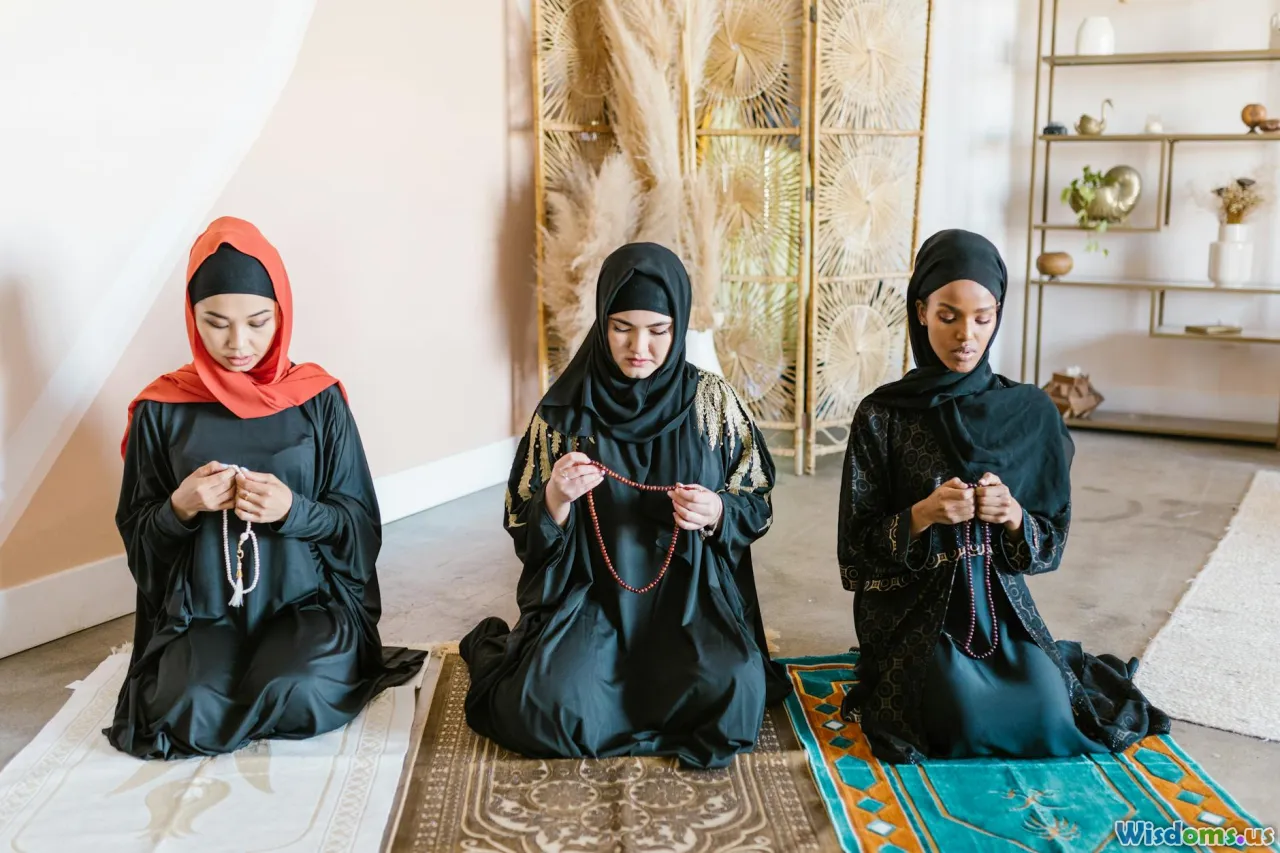
Ultimately, whether children can bridge cultural gaps between parents comes down to conditions of support, empathy, and curiosity at home. Rather than solitary mediators, empowered children become co-creators of a new, hybrid family narrative—often foreshadowing trends that entire communities and societies begin to embrace.
The journey isn’t always linear. There can be confusion, pushback, or longing for simpler boundaries. Yet for families who intentionally cultivate shared rituals, open attitudes, and humor across divides, the tapestry only grows brighter and more textured. Listening to the voices of children—so often unencumbered by hard lines—may just be a family’s wisest tradition of all.
Rate the Post
User Reviews
Other posts in Family Communication
Popular Posts
















